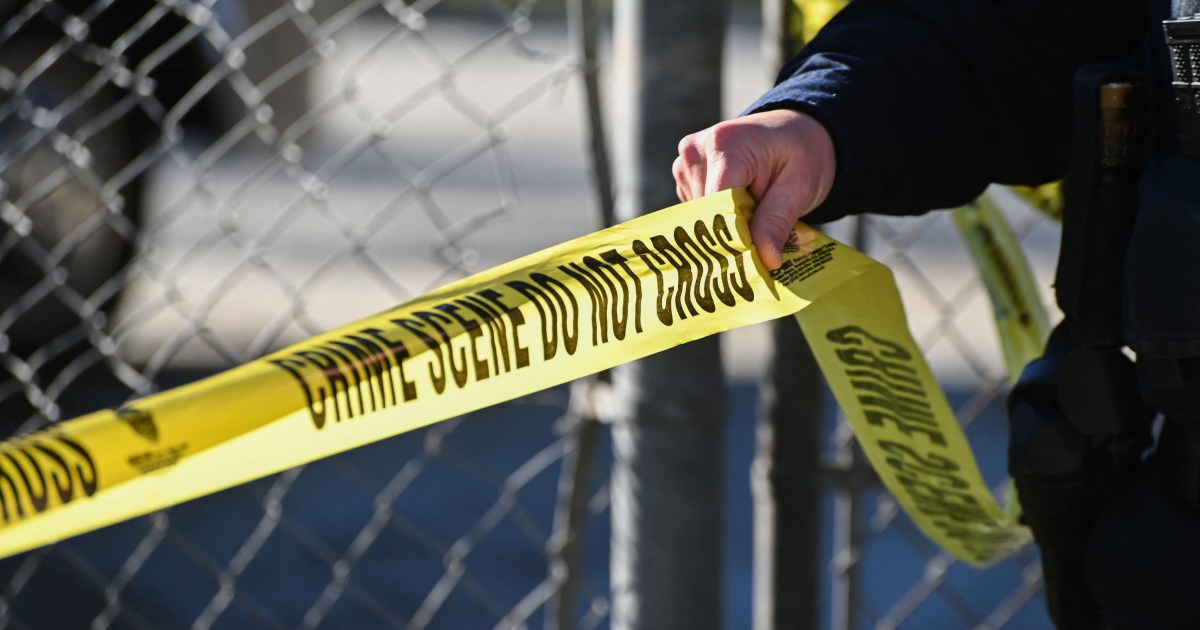Federal authorities have arrested two Massachusetts men in connection with an overnight explosion inside a Harvard Medical School research building, an incident officials describe as an extremely dangerous act that could have caused injuries had people been present.
Logan David Patterson, 18, and Dominick Frank Cardoza, 20, were taken into custody in the early hours of Tuesday, November 4, according to ABC News. Prosecutors say both defendants have been charged with one count of conspiracy to damage property by means of an explosive.
The blast occurred just before 3 a.m. on Saturday, November 1, on the fourth floor of the Goldenson Building, officials said. No injuries were reported, and the explosion was contained to a wooden research laboratory locker.
U.S. Attorney for the District of Massachusetts Leah Belaire Foley said the device is believed to have been a Roman candle-style firework. While commonly sold as consumer fireworks, officials emphasized that deploying such a device inside a building—particularly in a lab setting—poses severe risks.
What Investigators Say About The Incident
FBI Boston Special Agent in Charge Ted Docks characterized the alleged act as deliberate and serious, rejecting any notion that it was a prank gone wrong. “This was not some harmless college prank,” Docks said, per ABC News. “It was a federal crime.”
Docks also underscored the potential consequences. He noted that had people been in the building at the time of the explosion, the outcome could have been far worse. “The intent here was to commit an extremely dangerous act,” he added.
Authorities stressed that the investigation remains active but that there is no indication of a broader threat. “This investigation is ongoing,” Docks said. “There is no evidence of any ongoing threat to the university or to the public.”
Timeline And Surveillance Footage
Surveillance cameras captured two suspects approaching Harvard Medical School in the early hours of November 1 with their faces covered, officials said. According to investigators, the footage appears to show the individuals preparing and lighting what looked like Roman candle fireworks before the explosion.
Foley explained that the suspects allegedly gained access to the building by climbing scaffolding and entering from the roof. Shortly after the individuals were seen near the Goldenson Building, a fire alarm alerted campus police to the incident on the fourth floor.
First responders arrived to find the aftermath of a contained explosion inside a wooden lab locker. While no one was hurt, officials reiterated that the use of a pyrotechnic device in a laboratory environment presents an obvious risk of fire and injury, especially amid flammable materials commonly found in research spaces.
Charges, Context, And Campus Impact
Both Patterson and Cardoza face a single federal count tied to conspiracy to damage property with an explosive, according to prosecutors. As with any federal case, charges are allegations, and the defendants are presumed innocent unless and until proven guilty in court.
Authorities said neither Patterson nor Cardoza is a student at Harvard University. Investigators believe the pair were visiting the nearby Wentworth Institute of Technology area for Halloween parties around the time the device was set off. That detail adds a timeline context to the incident without drawing conclusions about motive, which has not been publicly detailed by officials.
Harvard Medical School is a research institution with round-the-clock facilities, though many campus buildings have reduced traffic late at night and on weekends. The explosion’s timing—just before 3 a.m.—likely contributed to the lack of injuries, officials suggested, noting the potential for harm if the building had been occupied.
In the wake of the blast, the immediate priority for campus police and federal agents was ensuring safety and gathering evidence. The surveillance footage, the reported entry via scaffolding, and the recovery of material from the scene have shaped the early investigative narrative presented by federal authorities.
While the device is believed to have been a Roman candle firework, investigators have not publicly detailed additional components. Officials repeatedly emphasized that deploying any pyrotechnic device in an indoor, research-dense environment carries significant danger and falls far outside campus conduct and the law.
What’s Next In The Case
As the investigation continues, federal authorities are collecting and reviewing digital evidence, physical materials from the scene, and witness accounts tied to the late-night timeline. Additional updates are expected as prosecutors move the case forward and court proceedings advance.
For Harvard Medical School, officials indicated there is no ongoing threat to the campus community. That reassurance, paired with the lack of injuries, has focused attention on the serious nature of the charges and the emphasis on accountability following the incident.
Though details beyond the initial charges remain limited, the core picture presented by investigators is clear: a late-night explosion inside a laboratory setting prompted a swift law enforcement response, two arrests within days, and a public message underscoring the line between reckless behavior and federal criminal conduct.
Authorities urge anyone with relevant information to contact law enforcement as the case develops. In the meantime, the FBI and local agencies continue to coordinate on the investigation, with officials maintaining that the broader public and the university are not currently at risk.















































































































